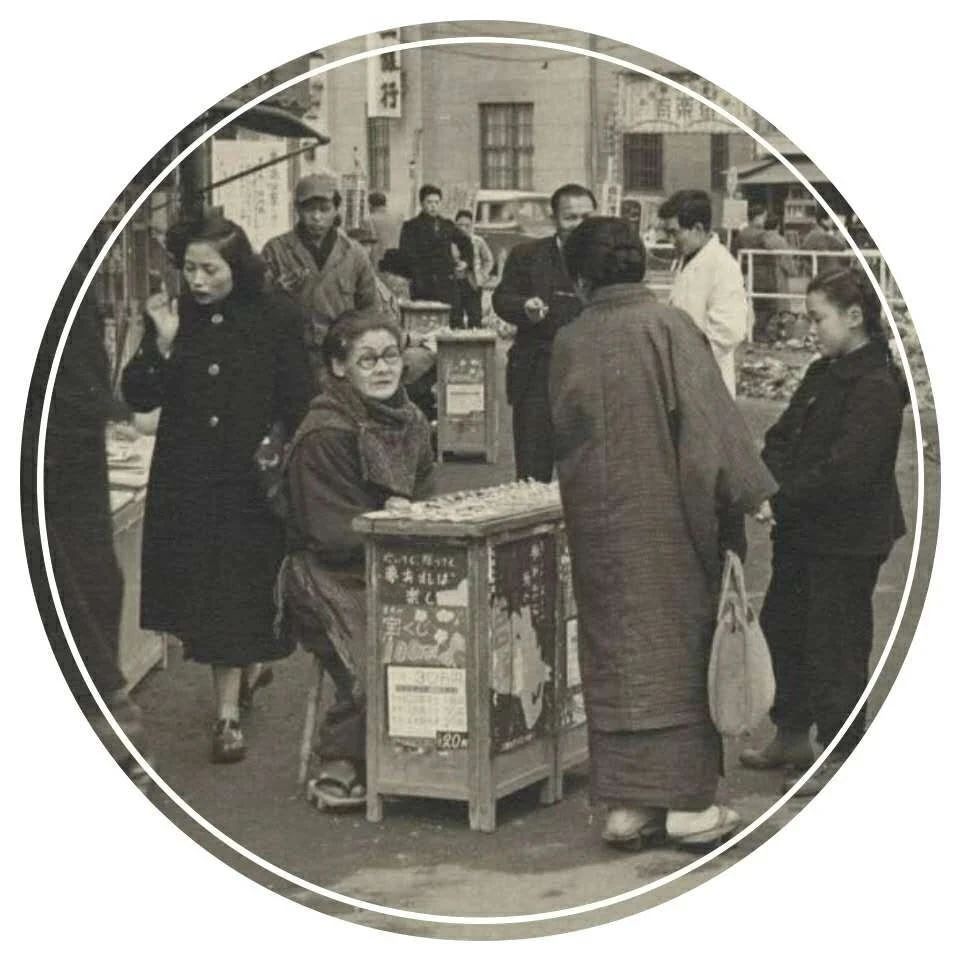How did the United States deal with the food crisis in Japan after World War II?

Before Japan's defeat, food was mainly imported from North Korea and Chinese-occupied areas, with an annual amount of more than 2 million tons, which was not enough for demand, let alone after the defeat.
in the later period of World War II, especially after the United States occupied Guam and Saipan, bombing against Japan became an important method of attack. According to American statistics, Japan's economy had fallen to less than 30% of its pre-war level, and nearly 20% of the country's population was unemployed.
defeat nearly starved to death
for many Japanese, it was only at this moment that they began to realize how tragic defeat was. All the aid provided by the United States is very expensive. The United States has made a lot of money, whether it is the US $1.5 billion in occupied territory management and relief funds or other economic aid programs. Although Japan has missed a lot of accounts and finally only paid back the capital of the Americans, all Japanese enterprises have accepted "blood transfusions" from American companies, whether it is consortium structure or internal management. They are all restrained by large American enterprises, which makes Japan completely reduced to a vassal state of American capital and an overseas capital market of the United States on an economic basis.
Wear bewitching a line wedding dresses and highlight your svelte silhouette . Immediately after buying, you get a peace of mind.
Super Aid
there is no free lunch